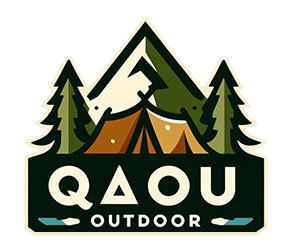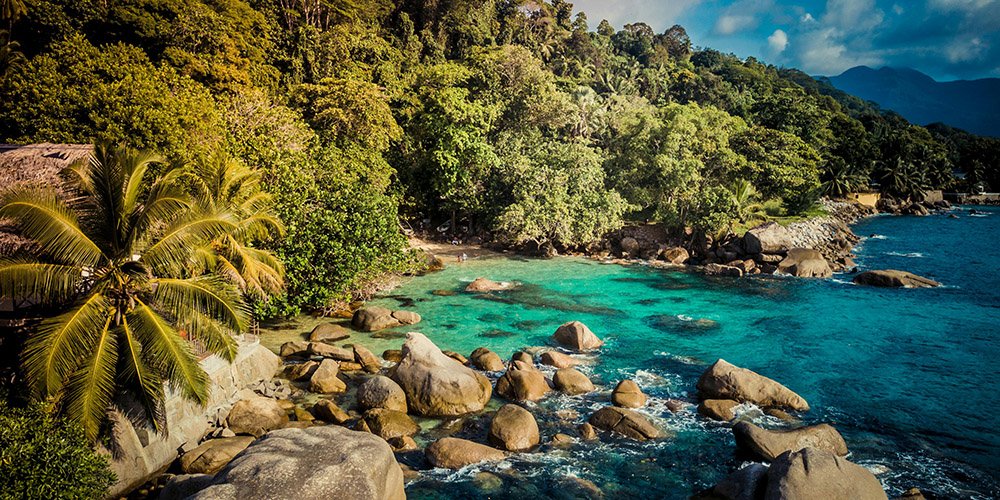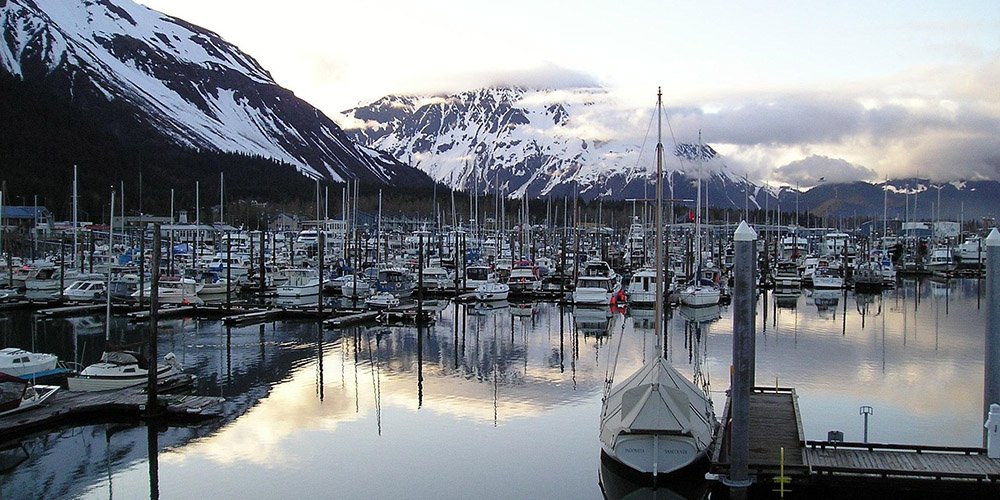How to Navigate Without GPS: A Beginner’s Guide to Reading Nature’s Clues
Using nature to navigate is a lost art. After all, we have GPS and real-time maps to guide us whenever we’re in the outdoors.
But here’s the thing: You never know when you might lose signal, get your device broken, or have your battery die on you.
If you’ve wanted to be able to read nature and use its clues to navigate, here’s a quick beginner’s guide before you head out.
Over 60,000 people get lost every year in the US, with many of them getting lost after venturing out into the wild.
It’s safe to say that many of them likely had some sort of GPS when they headed out. As we can see, GPS isn’t a bulletproof vest against getting lost.
But knowing how to navigate using nature’s clues isn’t just a potential lifesaver. It can also deepen your appreciation for the chaotic beauty of nature’s logic.

1. Start with the Sun and Shadows
In the Northern hemisphere, it rises in the east and sets in the west. In the middle of the day, it’s generally to the south.
With this information, you can determine cardinal directions with a simple stick:
- Place a stick upright in the ground.
- Mark the tip of the shadow it creates; this is west.
- Wait 15–20 minutes and mark the new tip; this is east (since the sun moves from east to west, its shadow moves from west to east).
- Draw a line between the two marks to create an east-west line. North and south are perpendicular to that line.
2. Study the Stars (When You Can)
But what if you’re out at night with no sun? The stars can be just as helpful.
The North Star (Polaris) remains almost stationary in the northern sky and can be found by locating the Big Dipper. The two outer stars of the Big Dipper’s bowl, in turn, point straight to Polaris.
In the Southern Hemisphere, look for the Southern Cross constellation, which helps you estimate the direction of the South Pole. Learn your constellations if you haven’t!
3. Use Trees as Silent Guides
If you’re in the Northern Hemisphere, look at trees and you’ll notice that moss often grows on the north side of trees. Why? Because it’s shadier and more moist there due to the sun.
This isn’t always the case, however. A more reliable sign is tree growth:
- In open spaces, branches tend to grow longer on the southern side since they receive more sunlight.
- Snow may melt faster on the south-facing side of rocks and trees.
However, don’t make the mistake of only examining one tree. Any tree can be an exception, but the forest as a whole will always point you in the right direction.

4. Pay Attention to Water and Terrain
Water always flows downhill, and a stream will almost always lead to a larger body of water—and typically, civilization.
Ridgelines, valleys, and other land features can also be used to maintain direction. If you’re hiking uphill on a ridgeline, staying on top gives you broader visibility. Valleys tend to be safer if the weather is bad, but they can be disorienting.
Because of this, it’s a good idea to study a topographic map of the area you’re going to. Though if you’re researching sites from a different country or region, you might need a VPN. Check here if you need one.
5. Clouds, Wind, and Weather
Prevailing winds will often follow patterns depending on where you are. The clouds will also move in that direction.
In North America, the weather moves from west to east (opposite of the sun).
Tracking these things definitely requires practice, so try to read the sky even if you don’t need to at the moment. You never know when the practice saves your life!
6. Observe Insects, Birds, and Animal Behavior
Animals are also tricky, but they can be just as useful if you know how to analyze them.
- Birds often fly in predictable patterns, especially near dawn and dusk. Waterfowl frequently head toward feeding grounds in the morning and roosting sites at night.
- Ants tend to build their mounds with one side facing the sun to regulate temperature, usually the southern side.
- In dry areas, following animal tracks might lead to water sources.
However, animals can be erratic (like humans), so it’s best to use these clues with other signs.
Final Thoughts
Your GPS might not always be there, but nature always will. Of course, you should always have a GPS with you.
But learning nature’s language cultivates independence, and with independence comes the feeling of absolute freedom. And isn’t that one of the reasons why we go outdoors?




